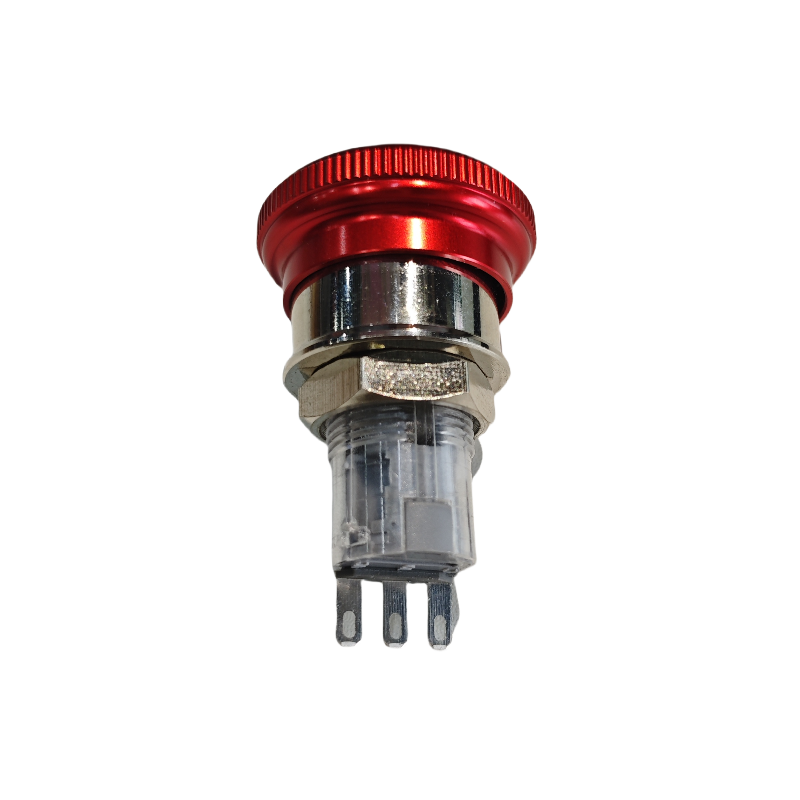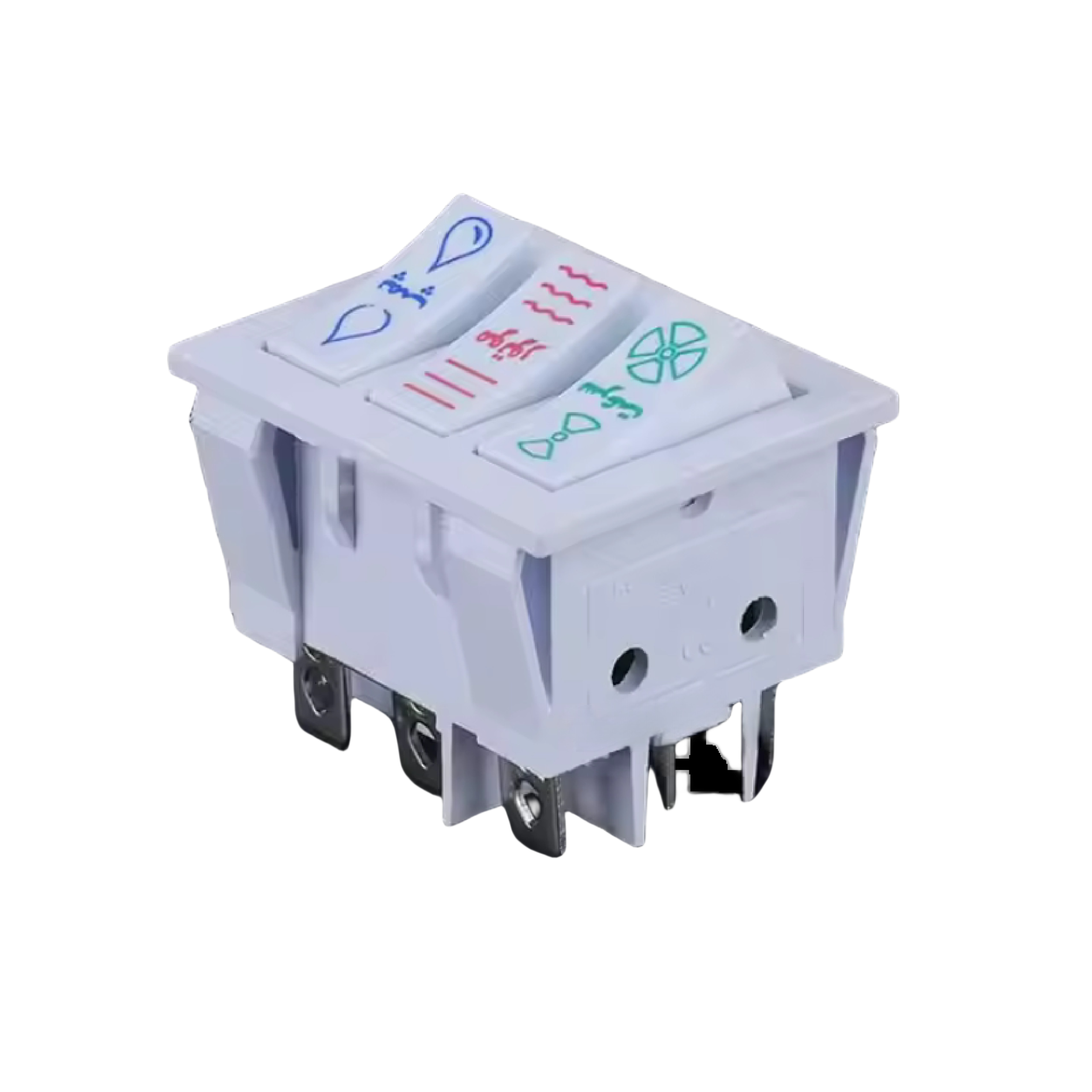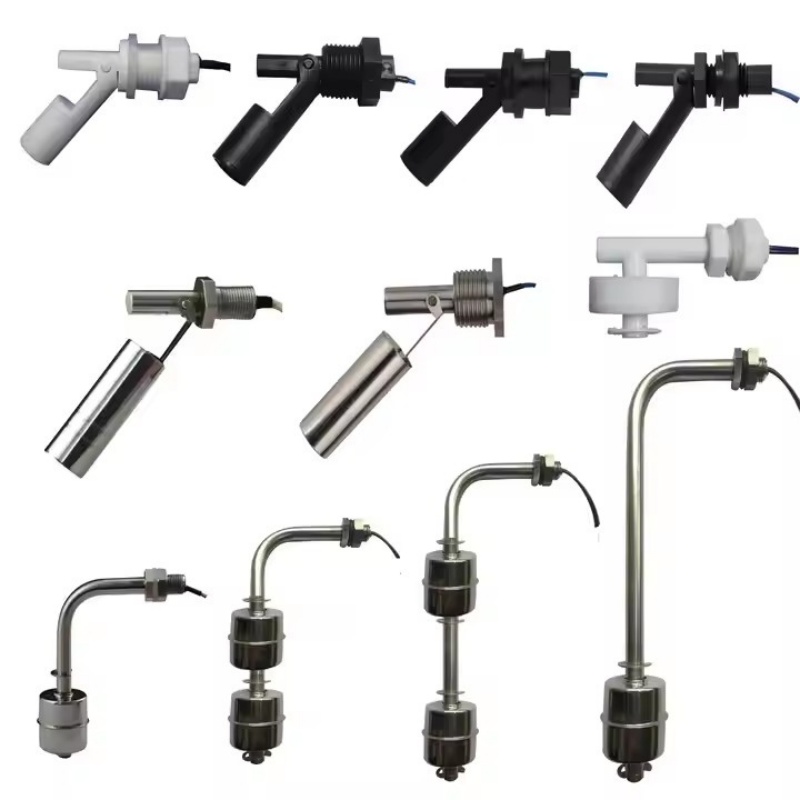In high-stakes environments—from aircraft cockpits to ICU equipment—the tactile response of a push button switch isn’t just engineering; it’s a psychological contract between human and machine.

Haptic Language: Crafting Intentional Feedback
Research from MIT’s Human Systems Lab reveals:
Actuation force: 2.5N switches in aircraft controls reduce accidental presses by 29% vs 1.5N consumer-grade models
Travel distance: 4mm stroke length optimizes speed-error tradeoff in emergency scenarios
Auditory feedback: 65-70dB clicks enhance user confidence by 41% in low-visibility conditions
Color Semiotics in Industrial Design
A Petrochemical plant study showed:
Red E-Stops with 45° actuator fluting reduced reaction time by 0.3s vs flat designs
Green Start buttons using diffuse LEDs lowered operator anxiety during night shifts
Blue LED rings around maintenance switches improved procedural compliance by 27%

The “Muscle Memory” Paradox
Standardization bodies like IEC 60073 face a challenge:
Consistency: Uniform switch layouts across machinery reduce training time
Differentiation: Unique tactile profiles prevent catastrophic mode confusion
The solution? ISO 13850-compliant E-Stops with palm-actuated mushroom heads, distinct from standard 16mm cylindrical actuators.
Neuroergonomics: The Next Frontier
Pioneering labs are prototyping:
Biometric switches measuring operator grip strength to detect stress-induced errors
EEG-integrated actuators delaying critical commands during measured cognitive overload
Haptic alerts using variable-frequency vibrations to prioritize warnings

In the end, the most advanced switch isn’t one that merely conducts electricity—it conducts human intention with precision.


